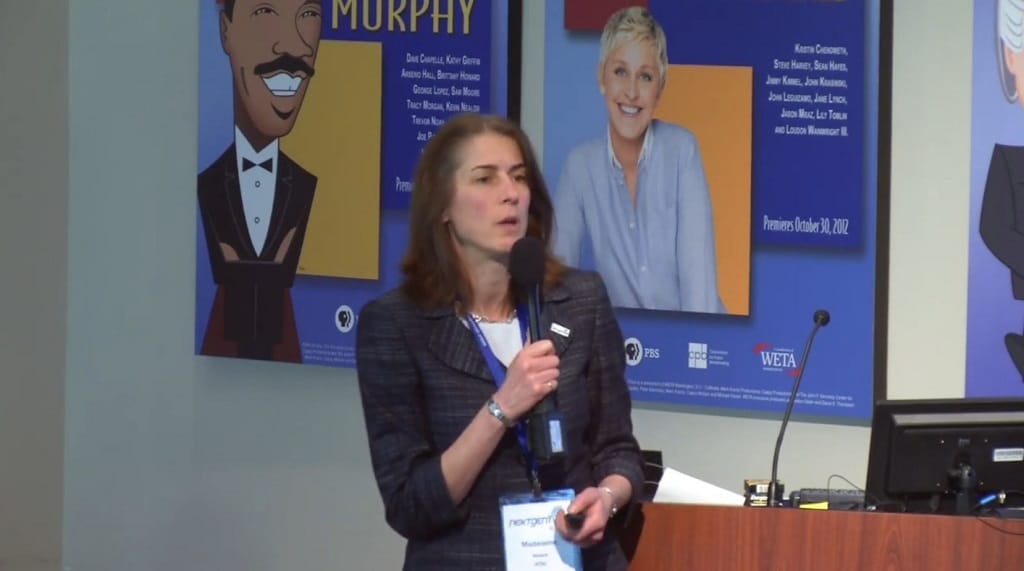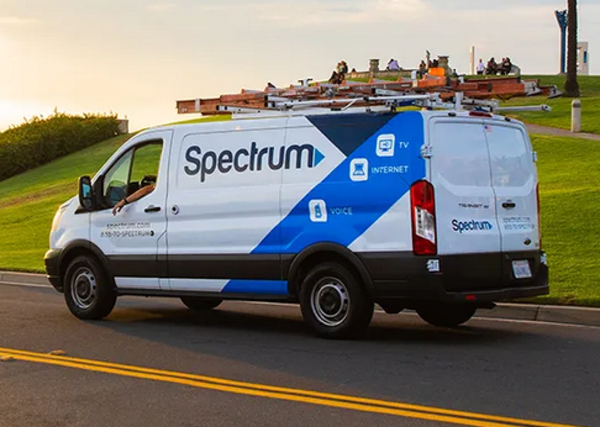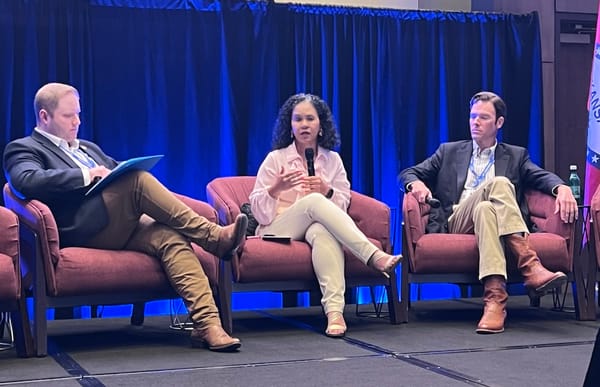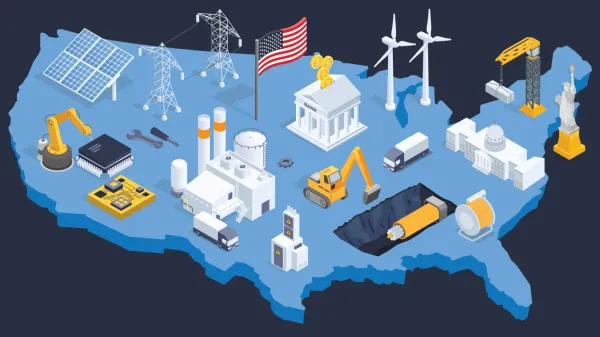CES 2022: Next Generation of TVs Have Application for Remote Learning, Promoters Say
The new television broadcasting standard brings faster speeds and more opportunities for connecting tele-services.

LAS VEGAS, January 20, 2022 – The next generation of television uses a combination of over-the-air broadcasting and internet broadcasting, which could serve as an opportunity for remote learning, the Consumer Electronics Show heard earlier this month.
ATSC 3.0, also known as NextGen TV, is said to offer 4K high-definition video quality, better sound, more personalized broadcasts, advertisements, and interactive capabilities by combining over-the-air broadcasting with a home internet connection, according to its promoters.
But it also could be used as a vehicle to deliver learning materials.
Madeleine Noland, president of the Advanced Television Systems Committee, from which the technology gets its name, said NextGen TVs will enable greater distance learning during school closures caused by the COVID-19 pandemic. “We’ve learned that broadcast is the most efficient way to get a lot of information to a lot of people. It’s highly scalable,” she said. “Folks solving distance learning problems learned that all information, classes, lectures, and videos could be broadcast. After its broadcast, we can use mom’s cellphone to send the data back.”
Noland said families can take advantage of the opportunity to use the technology in the wake of the pandemic
The discussion about NextGen TV’s features were part of a larger conversation about the future of television and its role in our society during the COVID-19 pandemic. “The television [can be] a portal to social engagement,” said Noland. “In the future we’ll see televisions helping to improve the quality of life,” especially in areas of health and wellness, she added.
Latest technology will need demand for broadcaster adoption
Currently, the only way to get 4K HDR content is through streaming services such as Disney+ and Netflix. The new ATSC standard establishes a new technical framework for how TV signals are created, broadcast, and received.
To deploy the new standard, TV manufacturers work with broadcasters to ensure that the technology can be deployed widely to audiences across the U.S. Although manufacturers have increased their adoption of ATSC 3.0, manufacturers must be able to create demand from consumers for broadcasters to begin using the technology, the conference heard. Consumer technology companies Sony, Samsung, LG, and Hisense announced the implementation of the new TV standard across their TV product lines at CES.
Right now, ATSC 3.0 reaches nearly half of all American viewers, with stations in 46 U.S. markets are offering next generation TV service using ATSC 3.0.
ATSC said in a press release during CES 2022 that the consumer television industry is projected to ship 4.5 million NextGen TV products equipped with ATSC 3.0 this year. The Consumer Technology Association said that 2021 sales of NextGen TV tripled their original forecast: manufacturers shipped 3 million NextGen TV products last year.
ATSC president Madeleine Noland told CES 2022 participants how NextGen TV will upgrade the television experience. “You’re familiar with the emergency notifications that rolls across the screen?” she asked. “It’s going to go even deeper. [Next Gen TV] will show where the evacuation centers are and tell people what to do––it will be available over the air.”
The NextGen TV will also personalize ads based on viewer’s interests, where previously this was limited to internet and online video viewers. “When a consumer doesn’t want an ad, they can be shown something else instead of the one they’re shown, but it would be shown over the internet,” Noland added.








